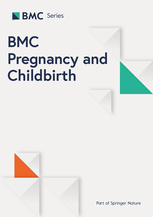
Denoël, V., Bruyère, O., Louppe, G. et al. Decision-based interactive model to determine re-opening conditions of a large university campus in Belgium during the first COVID-19 wave. Arch Public Health 80, 71 (2022). https://doi.org/10.1186/s13690-022-00801-w
Abstract
Background
The role played by large-scale repetitive SARS-CoV-2 screening programs within university populations interacting continuously with an urban environment, is unknown. Our objective was to develop a model capable of predicting the dispersion of viral contamination among university populations dividing their time between social and academic environments.
Methods
Data was collected through real, large-scale testing developed at the University of Liège, Belgium, during the period Sept. 28th-Oct. 29th 2020. The screening, offered to students and staff (n = 30,000), began 2 weeks after the re-opening of the campus but had to be halted after 5 weeks due to an imposed general lockdown. The data was then used to feed a two-population model (University + surrounding environment) implementing a generalized susceptible-exposed-infected-removed compartmental modeling framework.
Results
The considered two-population model was sufficiently versatile to capture the known dynamics of the pandemic. The reproduction number was estimated to be significantly larger on campus than in the urban population, with a net difference of 0.5 in the most severe conditions. The low adhesion rate for screening (22.6% on average) and the large reproduction number meant the pandemic could not be contained. However, the weekly screening could have prevented 1393 cases (i.e. 4.6% of the university population; 95% CI: 4.4–4.8%) compared to a modeled situation without testing.
Conclusion
In a real life setting in a University campus, periodic screening could contribute to limiting the SARS-CoV-2 pandemic cycle but is highly dependent on its environment.



